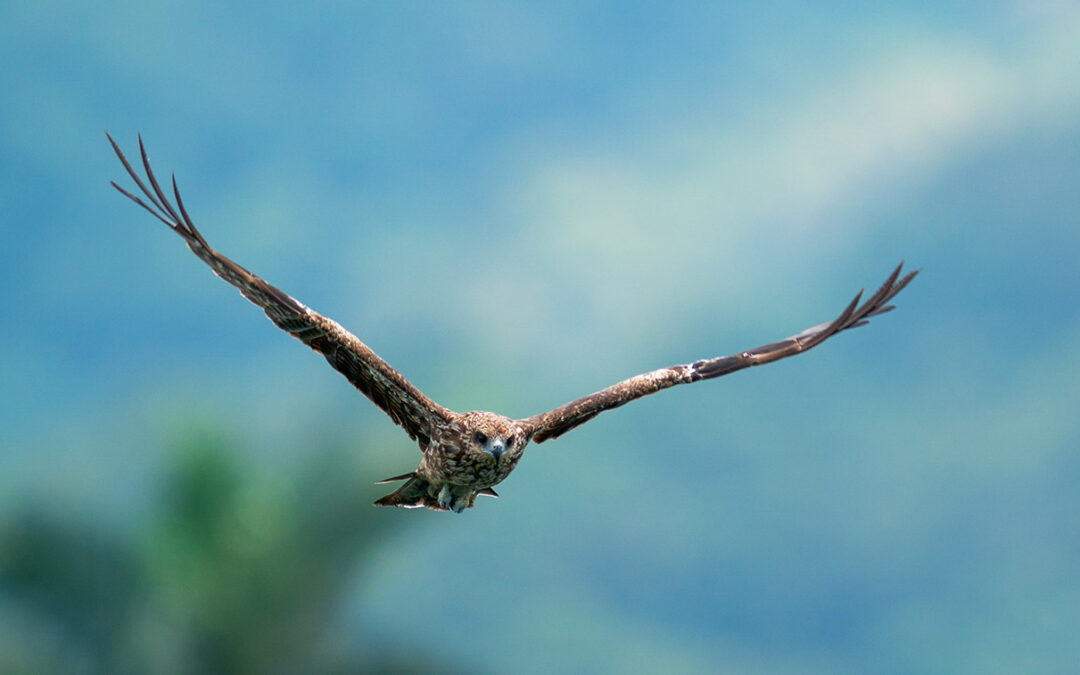Wind energy is key in the fight against climate change, but it poses a significant risk to birds, which often collide with wind turbine blades. To reduce this impact, researchers at Oregon State University are testing an innovative solution: painting one of the turbine blades black.
The study, inspired by research conducted in Norway, where a 72% reduction in bird collisions was observed, aims to replicate these results in North America. Scientists are testing this technique in a wind farm in Wyoming, with the goal of determining if this visual modification helps birds, especially eagles, avoid the turbines.
The project is led by Christian Hagen, who highlights the importance of evaluating the long-term impact and effects on different species. Additionally, a PhD student, Natia Javakhishvili, is analyzing eagle movement data to improve the study’s accuracy and develop better protection strategies.
With the collaboration of industrial partners and government agencies, this project could pave the way for improved coexistence between wind energy and wildlife, protecting threatened species like golden eagles and other migratory birds.
Studies like this are crucial for finding sustainable solutions that promote the transition to clean energy without compromising biodiversity.
